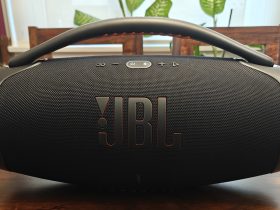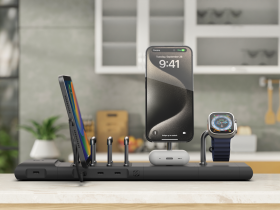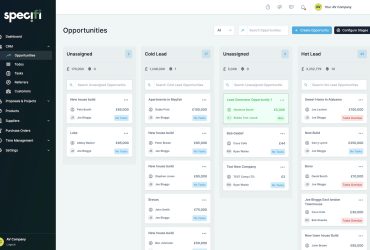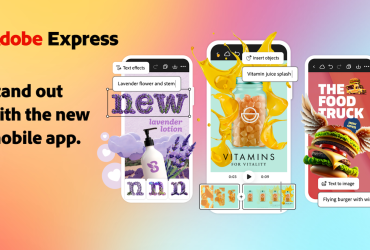Google Cloud has introduced four new and updated AI technologies for retailers, aiding in the in-store shelf checking process and enhancing ecommerce sites to purportedly deliver a more fluid and natural online shopping experiences for customers.
A new shelf checking AI solution, built on Google Cloud’s Vertex AI Vision, uses Google’s database of facts about people, places and things to give retailers the ability to recognize billions of products and ensure in-store shelves are right-sized and well-stocked.
Further, in an update to its Discovery AI solutions, Google Cloud introduced a new personalization AI capability and new AI-powered browse feature to help retailers upgrade their digital storefronts with more dynamic and intuitive shopping experiences.
Finally, Google Cloud’s Recommendations AI solution launched new machine learning capabilities for retailers to dynamically optimize product ordering and recommendations panels on their ecommerce pages and deliver personalized suggestions for repeat purchases.
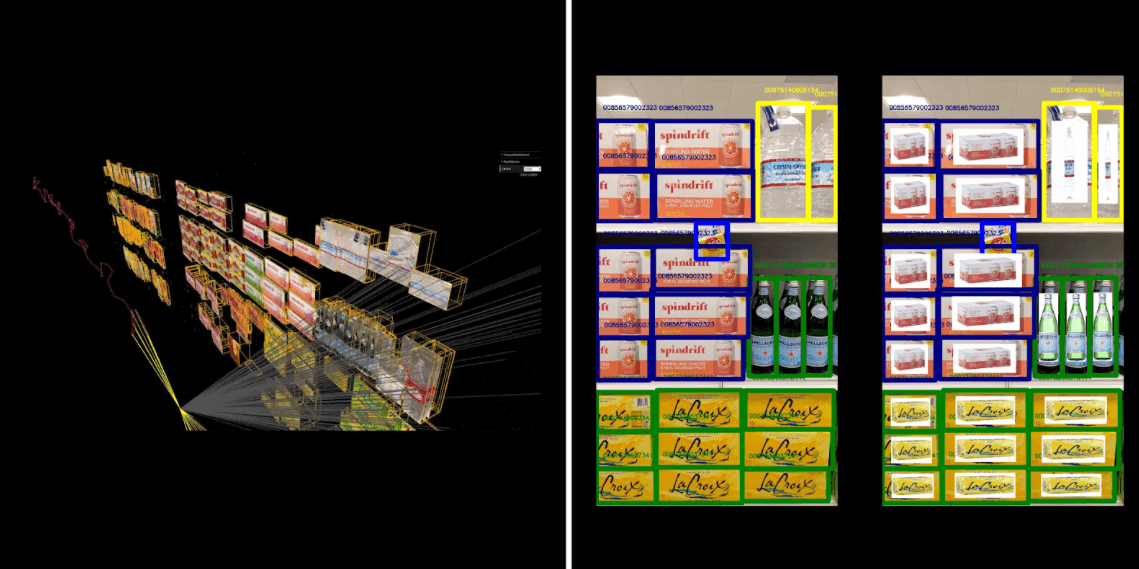
“Upheavals over the last few years have reshaped the retail landscape and the tools retailers need to be more efficient, more compelling to their customers, and less exposed to future shocks,” says Carrie Tharp, Vice President of Retail and Consumer, Google Cloud. “Despite uncertainty, the retail industry has enormous opportunity. The leaders of tomorrow will be those who address today’s most pressing in-store and online challenges with the newest technology tools, such as artificial intelligence and machine learning.”
According to a NielsenIQ analysis of on-shelf availability, empty shelves cost U.S. retailers US$82 billion in missed sales in 2021 alone. Google Cloud’s new AI-powered shelf checking solution can help retailers improve on-shelf product availability, provide better visibility into what their shelves actually look like, and help them understand where restocks are needed. Built on Google Cloud’s Vertex AI Vision and powered by two machine learning models, including a product recognizer and tag recognizer, the shelf checking AI enables retailers to
identify products of all types, at scale, based solely on the visual and text features of a product, and then translate that data into actionable insights.
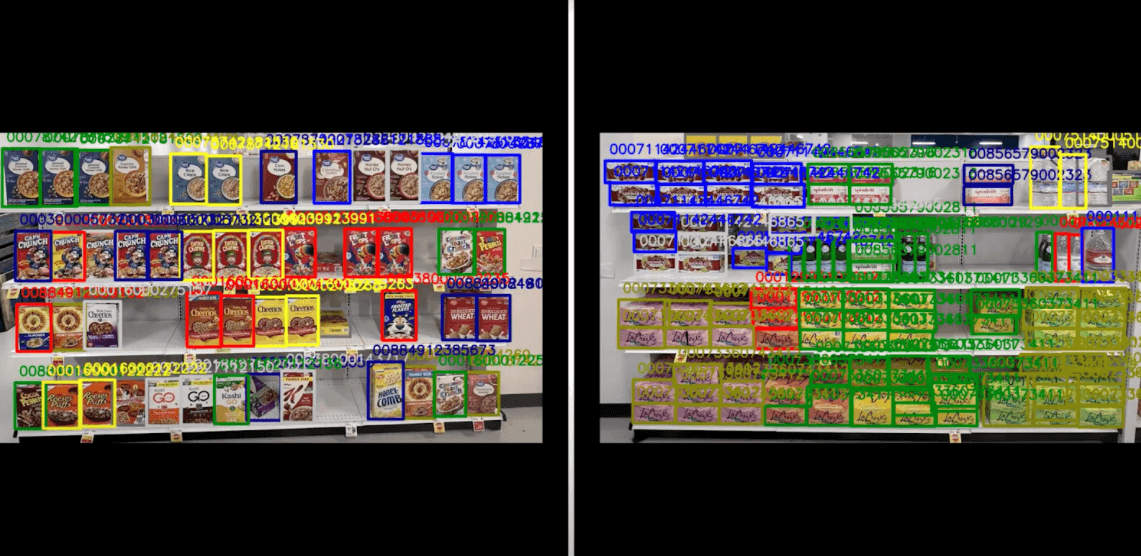
Google Cloud’s shelf checking AI can identify products from a variety of image types taken at different angles and vantage points. Retailers have flexibility in the types of imagery they can supply to the shelf checking AI. For example, a retailer can use imagery from a ceiling-mounted camera, an associate’s mobile phone, or a store-roaming robot on shelf-checking duty. A retailer’s imagery and data remains their own and the AI can only be used for the identification of products and price tags.
Now in preview, this technology is expected to be generally available to retailers globally in the coming months.
Meanwhile, Google Cloud also introduced a new AI-powered browse feature in its Discovery AI solutions for retailers. The capability uses machine learning to select the optimal ordering of products on a retailer’s ecommerce site once shoppers choose a category, like “women’s jackets” or “kitchenware.”
Over time, the AI learns the ideal product ordering for each page on an ecommerce site using historical data, optimizing how and what products are shown for accuracy, relevance, and likelihood of making a sale. The feature can be used on a variety of ecommerce site pages, including browse, brand, and landing pages as well as navigation and collection pages.
This browse technology self-curates, learning from experience, and requiring no manual intervention. Google says this can help drive “significant improvements in revenue per visit” while also saving retailers the time and expense of manually curating multiple ecommerce pages.
The new tool is now generally available to retailers worldwide supporting 72 languages.
Research commissioned by Google Cloud found that 75% of shoppers prefer brands that personalize interactions and outreach to them, and 86% want a brand that understands their interests and preferences.
To help retailers create more fluid and intuitive online shopping experiences, Google Cloud introduced a new AI-driven personalization capability that customizes the results a customer gets when they search and browse a retailer’s website.
A product-pattern recognizer uses a customer’s behaviour on an ecommerce site, such as their clicks, cart, purchases, and other information, to determine shopper taste and preferences. The AI then moves products that match those preferences up in search and browse rankings for a personalized result. A shopper’s personalized search and browse results are based solely on their interactions on that specific retailer’s ecommerce site and are not linked to their Google account activity. The shopper is identified either through an account they have created with the retailer’s site, or by a first-party cookie on the website.
As with all Google Cloud solutions, Google reinforces that customers own and control their data: information on customer preferences stays with the retailer. This technology is now generally available to retailers worldwide.
Additionally, Google Cloud’s Recommendations AI solution uses machine learning to help retailers bring product recommendations to their shoppers. New upgrades to Recommendations AI includes a new page-level optimization feature that enables an ecommerce site to dynamically decide what product recommendation panels to uniquely show to a shopper.
In addition, a recently added revenue optimization feature uses machine learning to offer better product recommendations that can lift revenue per user session on any ecommerce site. A machine learning model, built in collaboration with DeepMind, combines an ecommerce site’s product categories, item prices, and customer clicks and conversions to find the right balance. Finally, a new buy-it-again model leverages a customer’s shopping history to provide personalized recommendations for potential repeat purchases.

